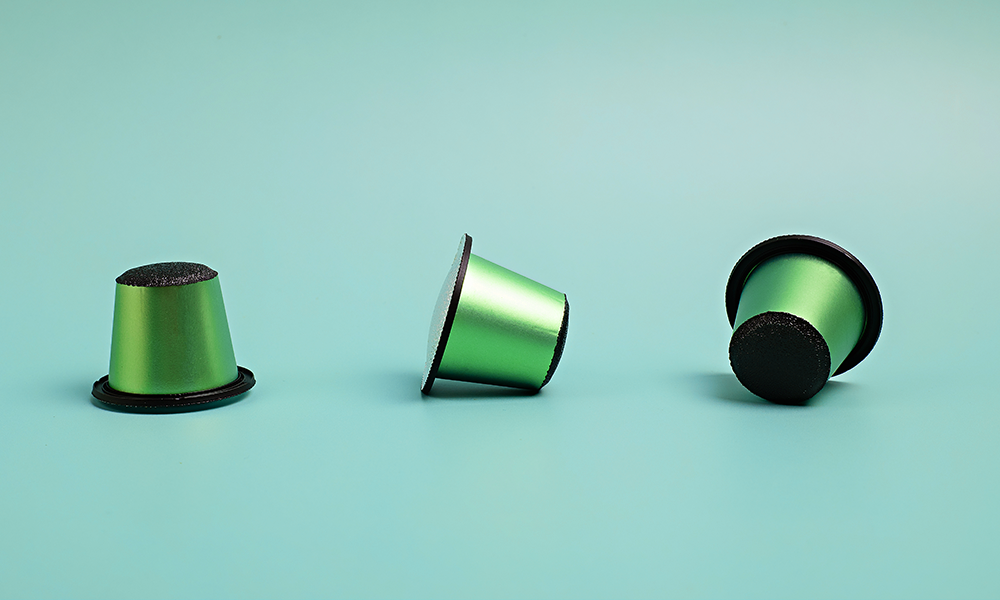In a recent decision, the European Union Intellectual Property Office (EUIPO) analyzed a case involving replacement vacuum cleaner bags and their protection as industrial property. Whether or not these types of products or components can be protected as industrial designs must be addressed case by case.
The legal protection of industrial designs mainly covers aesthetics, the specific shape or aesthetic configuration of a product. EU laws confer exclusive protection on any products or designs that meet the essential requirements for protection, that is, they must be new when the application is filed and have individual character. This latter characteristic means that there must be differences between the new design, when viewed overall, and the designs that existed prior to the registration application.
However, design legislation does establish restrictions on the protection of certain designs depending on whether the component parts are visible and the purposes for which they are going to be used. Specifically, article 4.2 of Regulation 6/2002 on Community designs (Regulation 6/2002) excludes the protection of component parts of complex products that are not visible during the normal use of the product. In this case, we must start with the premise that although the designs fulfill requirements as to novelty and individual character, they cannot be protected merely because they go unnoticed by the public when the product is viewed because the component parts are not visible when the product is mounted.
The Boards of Appeal of the European Intellectual Property Office (EUIPO) has analyzed this exclusion in detail in the recent Case R 299/2021-3, dated August 23, 2021. In August 2008 the German company Miele Computer Cie KG (Miele) filed an application to protect a new replacement vacuum cleaner bag that was registered by the office without any limitation on protection under article 4.2 of Regulation 6/2002. A decade later following the grant of the registration, a competitor filed an application for a declaration of invalidity due to the absence of novelty and individual character (articles 25 (1) (b) and 4.2 of Regulation 6/2002).
The other party held that vacuum cleaners are complex products made up of a limited number of internal parts and components that are easily replaceable and which are not visible during their normal use. Therefore, the replacement bag, as occurs with batteries or filters, comes under the category of parts or components of complex products and therefore cannot be protected. Article 4.3 of Regulation 6/2002 reinforces this concept of exclusion in the case of necessary parts for the maintenance, servicing or repair work of a complex product and in this case, the frequent change of a vacuum cleaner bag is usual for its correct use and servicing.
The Invalidity Division upheld this view and declared Miele’s registration, which had been registered and fully effective in the EU since 2008, invalid at first instance.
The German company appealed, firmly criticizing the Invalidity Division’s analysis as a “complex product”, which is defined in article 3 c) of Regulation 6/2002 as a product which is composed of multiple components that can be replaced permitting disassembly and re-assembly of the principal product.
Under current case law, when classifying a product it is firstly necessary to bear in mind its classification or identification when the application is filed (article 36 (2) of Regulation 6/2002) and the product itself, in so far as it may include a description of its nature, intended purpose or function. (Case T-9/07 EU:T2010:96 § 56).
It is striking that “Vacuum cleaner bags” do have a specific entry in the Locarno Classification, which is used for the purposes of classifying the various different families of products or designs. Consequently, the lawmakers did give this product individual character to be protected as a design.
The Board of Appeal did not question the fact that a “vacuum cleaner” is a complex product within the meaning of article 3 c) of Regulation 6/2002, insofar as it is comprised of various parts and components that can be assembled and disassembled during the use of the device. However, it introduced an attribute that had not been borne in mind by the Invalidity Division, namely that there are vacuum cleaners on the market that come with or without replacement bags, so this component cannot be considered essential for the correct functioning of the apparatus.
Based on that consideration, the Board of Appeal overturned the decision at first instance on the grounds that “Replacement vacuum cleaner bags” cannot be considered a component part of a principal product – a vacuum cleaner – and therefore can be protected legally, provided that the requirements of novelty and individual character established in Regulation 6/2002 are met.
This premise is based on the fact that the mere accessibility or functionality of a component part applied to a complex principal product does not necessarily mean that it cannot be protected as a design, since the exclusion is established, as we have seen, for the scenarios envisaged in article 4.3. of Regulation 6/2002, in which the component part is necessary for maintenance, servicing or repair work.
Therefore, the change in criteria regarding the decision at second instance is based on the fact that replacement bags for vacuum cleaners are not considered necessary products for maintenance, servicing or repair work. This is clear in view of the fact that there are vacuum cleaners in the market that do not use bags, so this article is not essential for the correct use of the device and can be purchased separately in the market through many different suppliers and distribution channels.
Other examples in similar cases are also brought to bear in Decision R 299/2021-3, such as coffee capsules for use in coffee machines or the film reels used in cameras, which can be protected individually as designs.
It is therefore necessary to assess case by case, whether the industrial design of the component part that is not visible during the usual use of the complex product can be protected.
Cristina Giner
Principal Associate Intellectual Property Department






